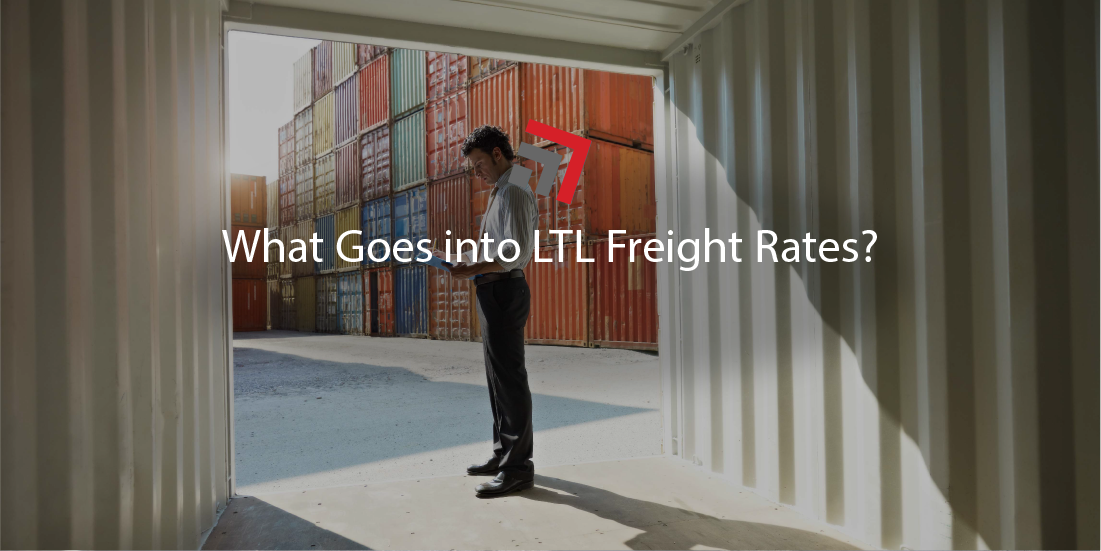Many businesses’ freight rates fluctuate a great deal due to a mixture of uncontrollable factors and improper planning. Knowing how to properly calculate and forecast LTL freight rates is incredibly important when attempting to create stable yet consistent shipping practices. Even though rates in the shipping industry are constantly fluctuating.
What Goes into LTL Freight Rates?
Most LTL shippers are experiencing an increase in demand for these services and are resorting to LTL shipping due to the low rates associated with shipping more. However, it is important to understand what determines LTL freight rates and how these factors could change, for better or for worse, in the future. Here are 4 main factors that go into determining LTL freight rates:
Changing Pricing Models
For countless years, the freight classification system has been the primary determiner of LTL freight rates. This is now being replaced by dimensional pricing structures. Now, due to improvements in technology in the transportation industry, many shipping companies are using devices that can scan palletized shipments, determine the dimensions of the cargo, and produce a price based on its size and where the pallet is being shipped to.
With pallets compressing so much space, dimensional pricing offers the potential benefit of decreased LTL freight rates when compared to the old freight classification system. The industry is slowly starting to push for the replacement of freight classification systems to implement pricing structures. For shippers, this means that effectively compressing your cargo can save you a lot of money on LTL shipments.
LTL Capacity is Low
Small startups have been largely responsible for massive increases in LTL shipments and subsequently, decreasing capacity for LTL space. Businesses can startup companies with low capital investments. Now, the inability to rent out full truckloads means that companies like this are filling up much of the available LTL capacity. Rate wars are now being caused in the industry – businesses are competing over bids for contracts with shipping companies to secure enough space to move their products as LTL shipments. Now shipping companies have power to increase their rates.
Increasing Demand for Speedy Delivery
Customers want their products fast and this increasing demand is putting huge pressure on the logistics industry. One of the primary benefits of LTL shipping is quicker transit time. With the ability for LTL shippers to charge more for the fast delivery this gives them further leverage over pricing.
Decreased Driver Workforce
Everyone knows that drivers are scarce these days. With the decreasing supply in the workforce, this means that drivers are demanding more for their services. Drivers need to make enough money to live on, and this is difficult with LTL shipping modes. The new ELD mandates are giving truckers less time in a typical workday to deal with LTL shipments and the low availability means that truckers are charging much higher rates for LTL shipping. LTL freight rates are significantly influenced by driver price determination and rightly so.
Conclusion
Without a doubt LTL freight rates remain competitive with other modes. However, the industry is subject to much volatility and shippers need to be prepared to face this. Many are prospecting that automation in the shipping industry may drive rates down as driver costs decrease while transit time and capacity increase.
If you want to learn more about LTL shipping, LTL freight rates, and your other options, reach out to one of our team members and we would be happy to find the best solution for you.



Recent Comments